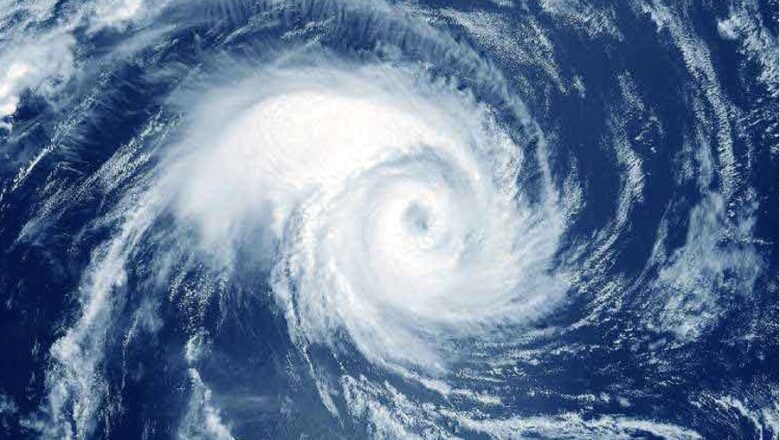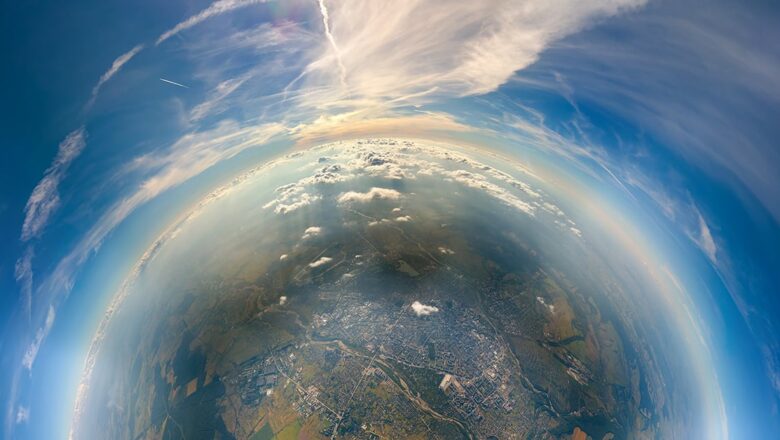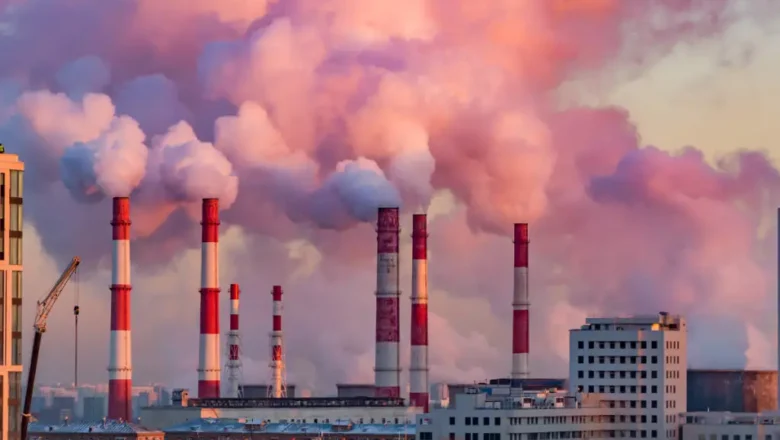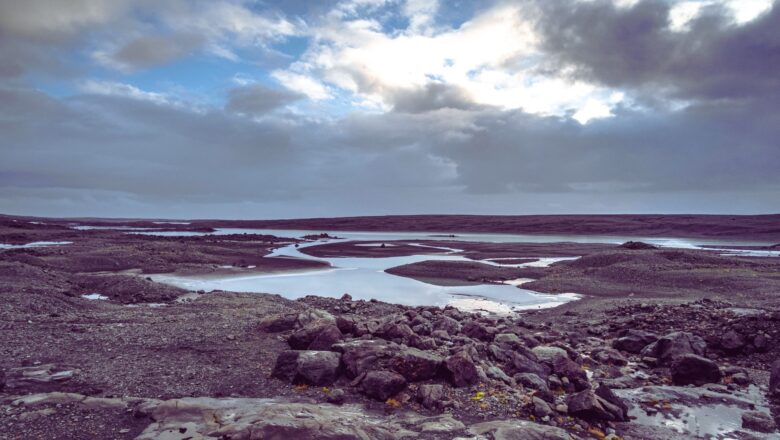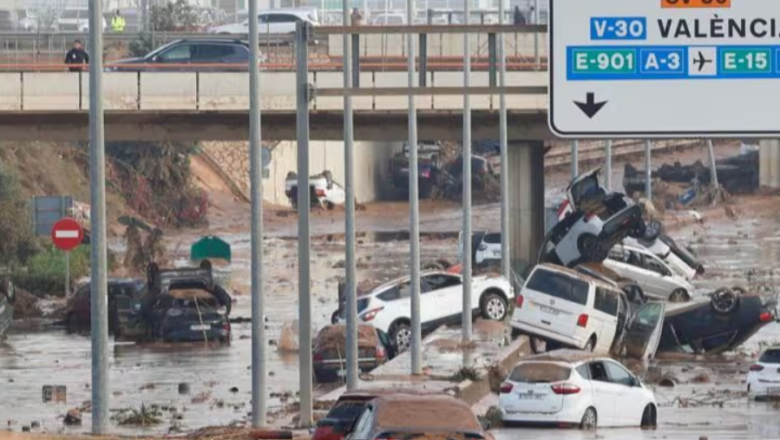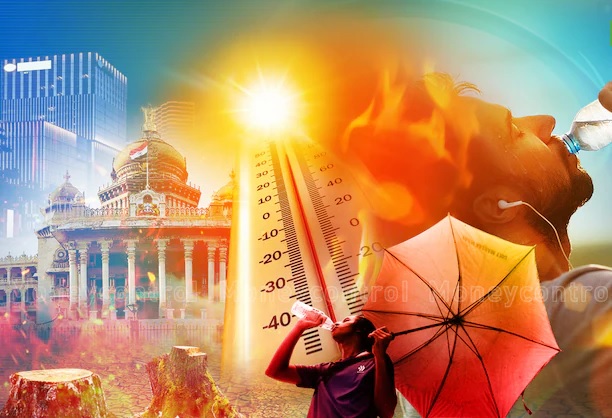
Unstoppable Heatwaves, Deadly Avalanches, and Global Negligence: How Climate Change is Pushing the World to the Edge
As temperatures continue to soar across the country, climate experts warn that 2025 could be even hotter than the record-breaking 2024, pushing the world deeper into an environmental crisis. The Indian Meteorological Department (IMD) has already issued heatwave warnings for multiple states, including Odisha, Kerala, and Maharashtra, while Bengaluru is expected to be hotter than Delhi this year.
The rising heat is not just an inconvenience—it is claiming lives. In Mana, Uttarakhand, a devastating avalanche buried around 55 soldiers and workers at a border base camp, with many tragically losing their lives. Experts point to climate change as the root cause of these disasters. The western disturbances, which normally bring snowfall around December and January, have shifted to February and ...

